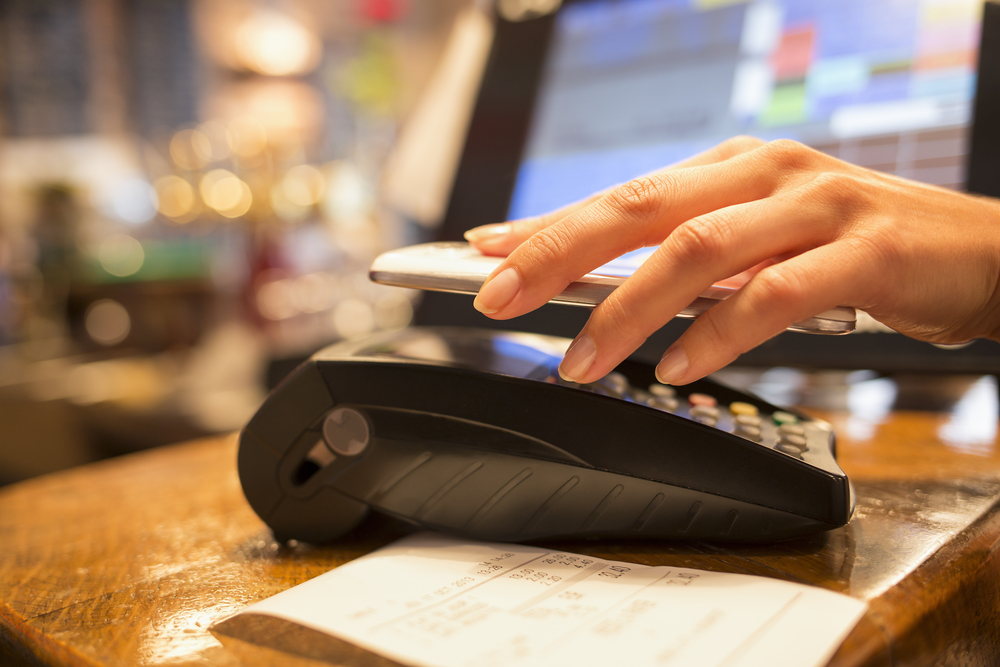How Technology is Transforming the Food Industry
In a small town, a two-table corner restaurant is well-known for its hot dogs, hamburgers and ice cream, available on a seasonal basis. That limited availability, when combined with its location (less than a mile from both a beach and a freeway), leads to many high-volume days and customer lines that wrap around the building. It’s got a quaint neighborhood feel — and, unfortunately, the technology that follows.
With the positive results, technology can bring to the food industry, it’s surprising that the capabilities for online orders still seem to be limited, predominantly, to certain restaurant types. Take a look at the ways technology has transformed the food industry — and the possibilities for the future.
Looking Back
For the longest time, restaurants placed their highest priority upgrades and updates on making significant changes to their back-of-house technology. Whether that was installing new computers and point-of-sale systems or investing in modern tools to enhance the food quality, the improvements were needed.
The changes impacted the customers. They received more accurate receipts. They had faster service and better-tasting food. But the changes and tech improvements weren’t made with the customers in mind. After all, the employees were the first to be able to use and benefit from the new technology. Effects on the customers were just a happy byproduct that, for many restaurants, was enough.
The customers, though, disagreed.
Smartphones Shifted the Landscape
Mobile technology’s rise means that customers have a greater say about one of the basic needs and pleasures of life: nutrition.

-Individuals have a world of research at their fingertips — and they are taking advantage of that technology. Customers can look up ingredients, recipes and reviews, whenever they want. In addition, the technology available for researchers has led to greater knowledge about the effects of certain ingredients on our long-term health. Much of this research is also available online, which means that customers can keep themselves informed and make new and healthier decisions when it comes to their restaurant and menu choices.
– With increased information and its availability has come greater accountability and responsibility from restaurants. Outcries from customers has pushed companies to rework their recipes to include more nutritious and less damaging options. Thanks to technology’s influence, unsatisfied individuals can not only look up each and every ingredient, but they can also immediately contact the company, and rally their friends and family members to write blogs, sign petitions and make their voices heard.
And restaurants are responding to this increased accountability to stay successful. A year after Campbell’s stopped using 13 damaging ingredients in their soups, Panera announced that it would remove artificial ingredients from its soups, with the head chef saying that, while ingredients have already been available online, the company wanted customers to feel greater confidence in the food they were eating.

-Smartphones have let restaurants connect more closely with their customers. Even small restaurants can order a plug-in device and accept credit cards. They can download apps and talk to their customers via social media. They can respond to complaints and they can share their new menus. Customers can join rewards programs and get updates when changes are made.
As a result, restaurants are able to place a higher priority on their customer service. They can provide a better experience without a marketing and publicity price tag.
This increased exposure has created a bigger demand for online ordering. Yes, online ordering was available in the mid-1990s. It was a novel concept for a country just dipping its toes into the World Wide Web, but people appreciated the fact that they could click a few buttons and, in less than an hour, a hot and fresh pizza would arrive at their doorsteps. Unlike other technology, though, which has widely affected and taken hold in the food industry, online ordering has not — and it’s the logical next step for an industry putting people first.

Customers want to support businesses that care about them. They’ll seek out restaurants with great reviews, ingredients that meet their food focus and are easy to access. For example, the hot dog restaurant by the beach truly cares about the community. They get to know their regulars. But waiting in a 30-minute line for a hot dog is enough to drive customers away.
Let the tech transformation help you put your customers first. They’ve already read about your restaurant, seen what their friends had to say and looked at the mouth-watering pictures and descriptions of your menu options. Give them the next logical step — online ordering.
Not sure how to get started? Contact us today!
